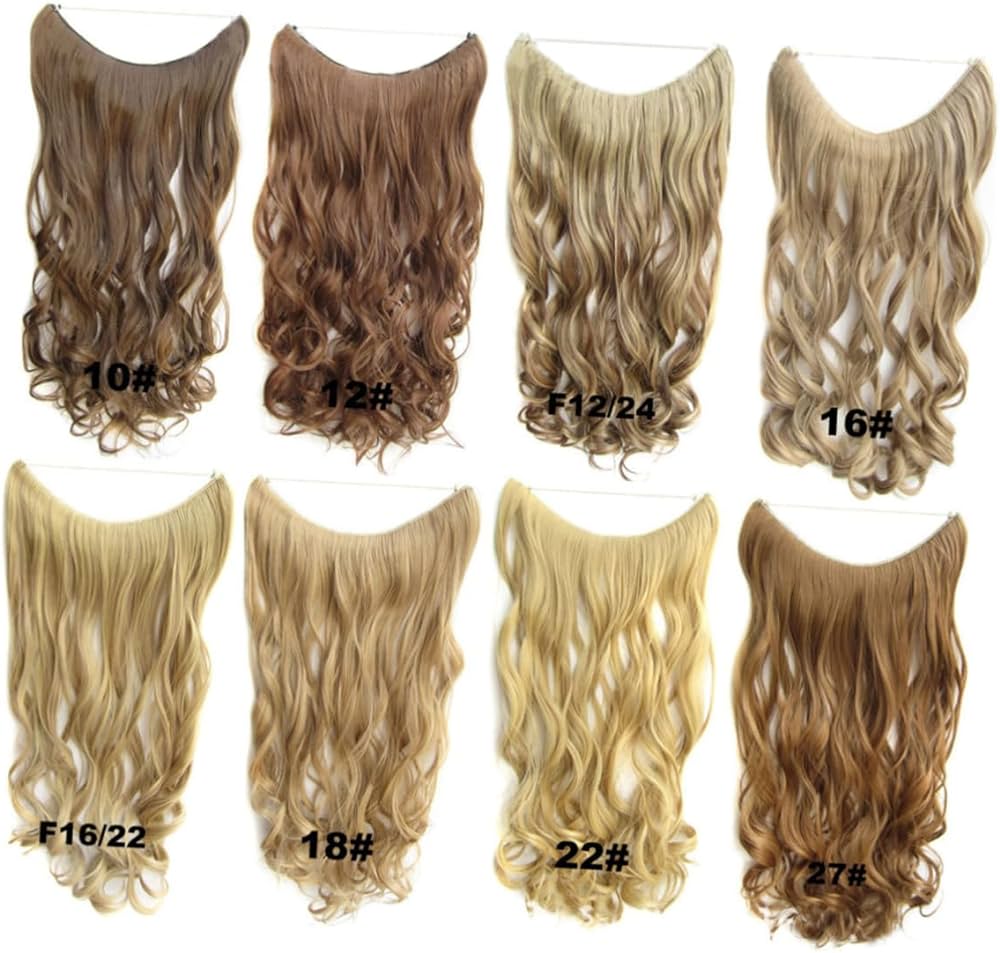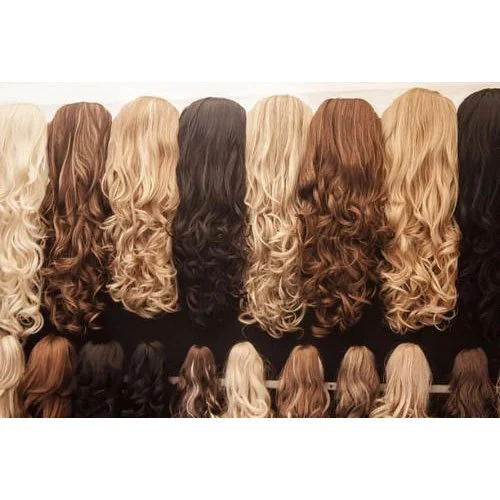Table of Contents
Introduction:
The blonde wig has long been a fixture in popular culture, fashion, and entertainment, captivating audiences with its allure, versatility, and transformative power. From its origins in ancient civilizations to its modern-day prominence on the runway and stage, the blonde wig has evolved into an iconic symbol of beauty, style, and self-expression. In this comprehensive exploration, we delve into the rich history, cultural significance, and enduring appeal of the blonde wig, uncovering its multifaceted role in shaping perceptions of femininity, identity, and glamour.
Origins and Evolution
The roots of the blonde wig can be traced back to ancient civilizations, where wigs were worn for practical and ceremonial purposes. In ancient Egypt, wigs were often made from human hair or plant fibers and worn by both men and women to protect the scalp from the sun and to signify social status and wealth. Over time, wigs became increasingly elaborate and decorative, with blonde wigs emerging as a symbol of beauty and refinement.
Blonde Ambition: Hollywood’s Influence

In the golden age of Hollywood, blonde wigs became synonymous with glamour, sophistication, and allure, thanks in part to iconic blonde bombshells such as Marilyn Monroe, Jean Harlow, and Grace Kelly. These screen sirens captivated audiences with their platinum locks, setting the standard for beauty and femininity in the entertainment industry. Blonde wigs became a coveted accessory for actresses and performers, allowing them to embody the timeless elegance and allure of Hollywood’s leading ladies.
Reinvention and Reinvention: The Blonde Wig in Fashion
In the world of fashion, the blonde wig has undergone countless reinventions and reinterpretations, reflecting changing trends and tastes over the years. From the punk-inspired pixie cut of the 1980s to the sleek, straight styles of the 2000s, blonde wigs have remained a staple on the runway and in editorial spreads, constantly evolving to reflect the zeitgeist of the moment. Designers and stylists have embraced the blonde wig as a tool for self-expression and experimentation, using it to create bold, avant-garde looks that push the boundaries of conventional beauty.
The Blonde Wig in Popular Culture
Beyond the realms of fashion and entertainment, the blonde wig has made its mark on popular culture, becoming a symbol of transformation, empowerment, and reinvention. From drag queens and performers to everyday individuals looking to change their look, the blonde wig offers a sense of freedom and possibility, allowing wearers to embody a new persona and explore different aspects of their identity. Whether donned for a special occasion or worn as part of a daily routine, the blonde wig holds a special place in the hearts of those who seek to express themselves and embrace their inner goddess.
Challenges and Controversies
Despite its widespread popularity, the blonde wig has not been without its challenges and controversies. Critics argue that the fetishization of blonde hair perpetuates harmful stereotypes and reinforces Eurocentric beauty standards, marginalizing individuals with naturally dark or curly hair. Additionally, the use of blonde wigs in cultural appropriation and racial impersonation has sparked debates about respect, representation, and the commodification of identity. As society continues to grapple with issues of diversity and inclusion, the blonde wig serves as a reminder of the complexities surrounding beauty, identity, and cultural appropriation in the modern world.
Embracing Diversity and Inclusion
In recent years, there has been a growing movement towards embracing diversity and celebrating natural beauty in all its forms. From the rise of the natural hair movement to the increasing demand for inclusive representation in media and fashion, there is a growing recognition of the importance of embracing diversity and challenging traditional beauty norms. While the blonde wig will always hold a special place in popular culture and fashion, its prominence is increasingly being challenged by a more inclusive and expansive definition of beauty that celebrates authenticity, diversity, and individuality.
Celebrating the Blonde Wig’s Legacy and Evolution

In conclusion, the blonde wig stands as a symbol of beauty, glamour, and transformation, with a rich history and enduring appeal that spans centuries. From its origins in ancient civilizations to its modern-day prominence in fashion and entertainment, the blonde wig has captivated audiences with its allure, versatility, and power to transform. As society continues to evolve and embrace diversity, the blonde wig serves as a reminder of the complexities surrounding beauty, identity, and representation in the modern world. Whether embraced as a fashion statement, a symbol of empowerment, or a tool for self-expression, the blonde wig will always hold a special place in our collective imagination, celebrating the beauty and diversity of the human experience.
This article serves as a comprehensive exploration of the blonde wig, highlighting its origins, cultural significance, and evolving role in shaping perceptions of beauty, identity, and glamour. Through informative content and engaging storytelling, readers are invited to delve into the rich history and enduring appeal of the blonde wig, celebrating its legacy as an iconic symbol of transformation and self-expression.
For More Information Please Visit These Websites Mindmeister